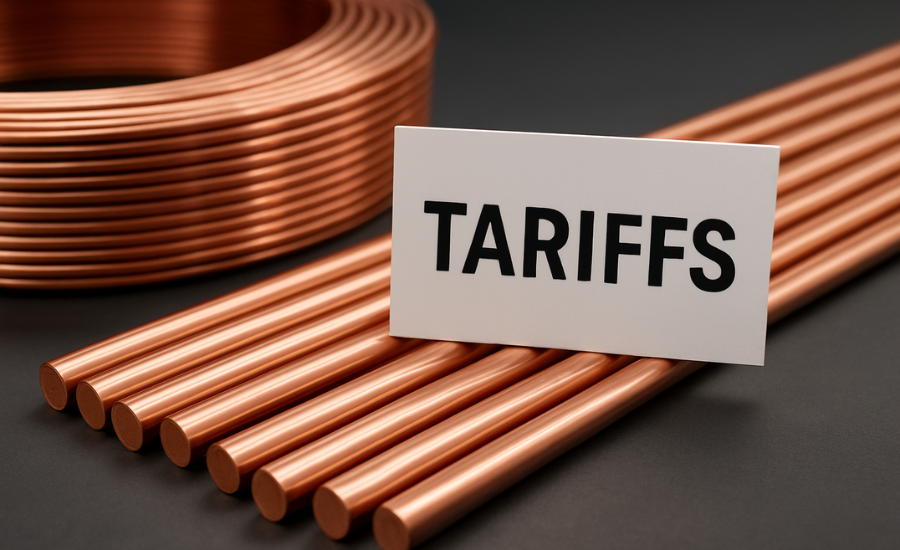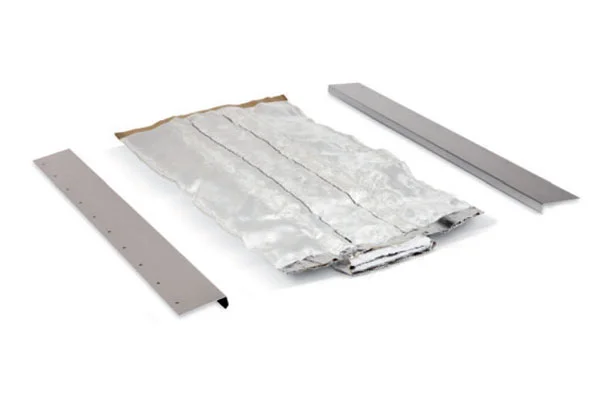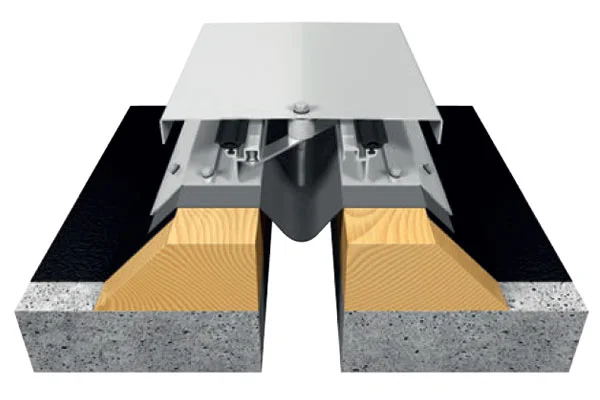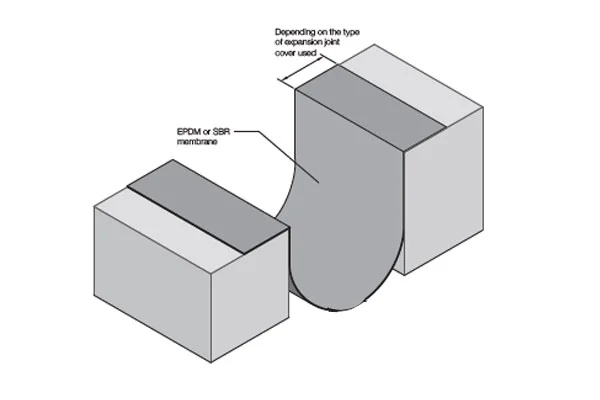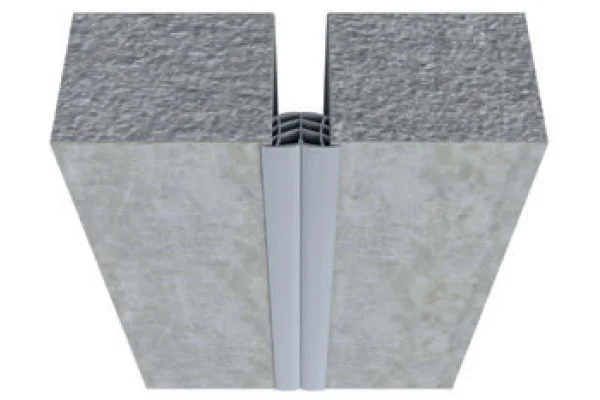President Donald Trump’s ever-changing tariff policies on Canada, Mexico and China’s made materials are projected to further bite into the housing market, causing decreased projects and increased steel, copper, and lumber costs.
With the Trump administration enacting a 50% tariff on steel and copper and a 25-35% tariff on lumber, construction businesses are rushing to figure out how they can stay ahead of costs, according to industry leaders at EPD.
Calum Mair, Commercial Director North America for EPD, an aftermarket parts and components seller for construction, agricultural, and industrial machinery, has shared how these ever-changing policies could threaten the construction industry, and how businesses should prepare.
“President Trump has enacted a 50% tariff on a range of foreign-made steel and copper products. This will in no doubt significantly increase prices for materials, products made with these materials, and construction input costs, impacting project budgets,” says Mair.
“We [EPD] have begun prioritizing finding ways to source materials domestically or from countries with lower tariff rates, and other businesses should do the same. Diversifying suppliers, both internationally and domestically, can reduce dependency on vulnerable trade routes. Companies should also consider stockpiling critical materials, leveraging technology for logistics, and focusing on no or low-tariff jurisdictions.”
As interest rates to remain uncertain, master cash flow management
Although the Federal Reserve has forecasted a drop in interest rates over the next year, from around 4.5% at the end of 2025 to around 3.4% at the end of 2026, near-term rates are less certain. Interest rate volatility could affect businesses looking to start new projects in 2025 as higher rates make borrowing more expensive.
“Uncertainty around interest rates poses challenges for businesses planning new construction projects, as fluctuating borrowing costs could impact financing. To navigate this, firms should prioritize cash flow management and explore alternative funding options to reduce dependency on loans. Locking in rates when favorable and staggering project timelines can also mitigate financial risks. Proactive planning ensures resilience against interest rate volatility while supporting project feasibility.”
Prioritizing preventative equipment maintenance can save time and money
Machinery down-time can cost a pretty penny in replacements and project delays, costing the construction industry $280 billion in losses annually. Utilizing annual maintenance checks can help identify simple part replacement issues before they turn into a full machine swap.
“Investing in longevity practices with machinery can help reduce overall costs for total replacements. Proactively adapting and maintaining equipment can manage cost control all while maintaining compliance and project schedules.”
Mair concludes:
“Although there may be challenges ahead, there are solutions businesses can adopt to help ease the burden they might cause. By diversifying supply chains and prioritizing longevity practices, firms can begin to combat these tariffs. Additionally, proactive financial planning and resource optimization can help businesses manage uncertainty around interest rates and maintain project stability.”
As the construction industry enters turbulent waters, so do suppliers, builders, and contractors alike. To prepare, they need to know what’s in store in the coming years of this Presidential administration. With a firm understanding of potential industry challenges, industry players will be better equipped to overcome them, leading to increased building projects and profits. For more information on construction industry trends, visit EPD.

